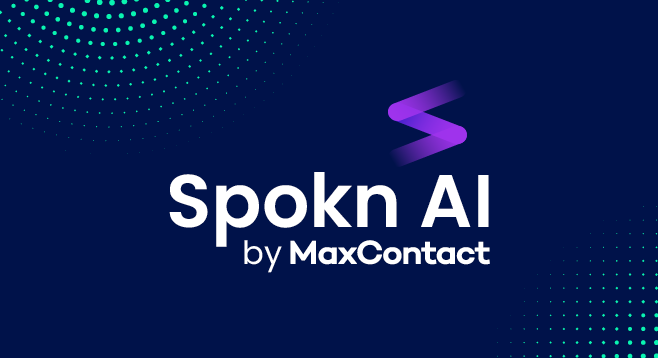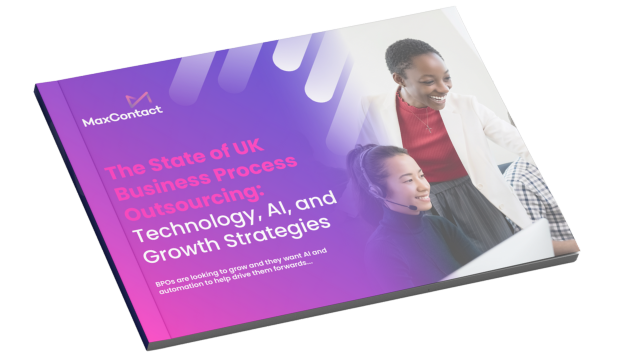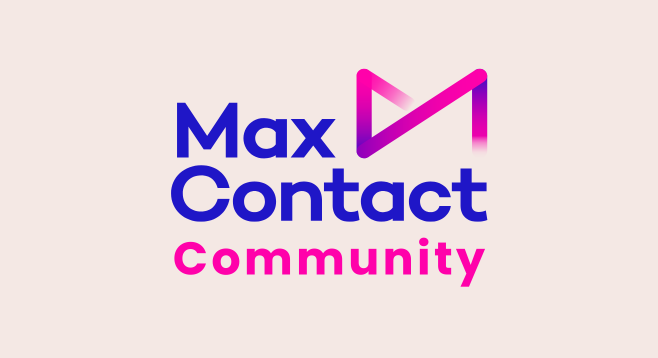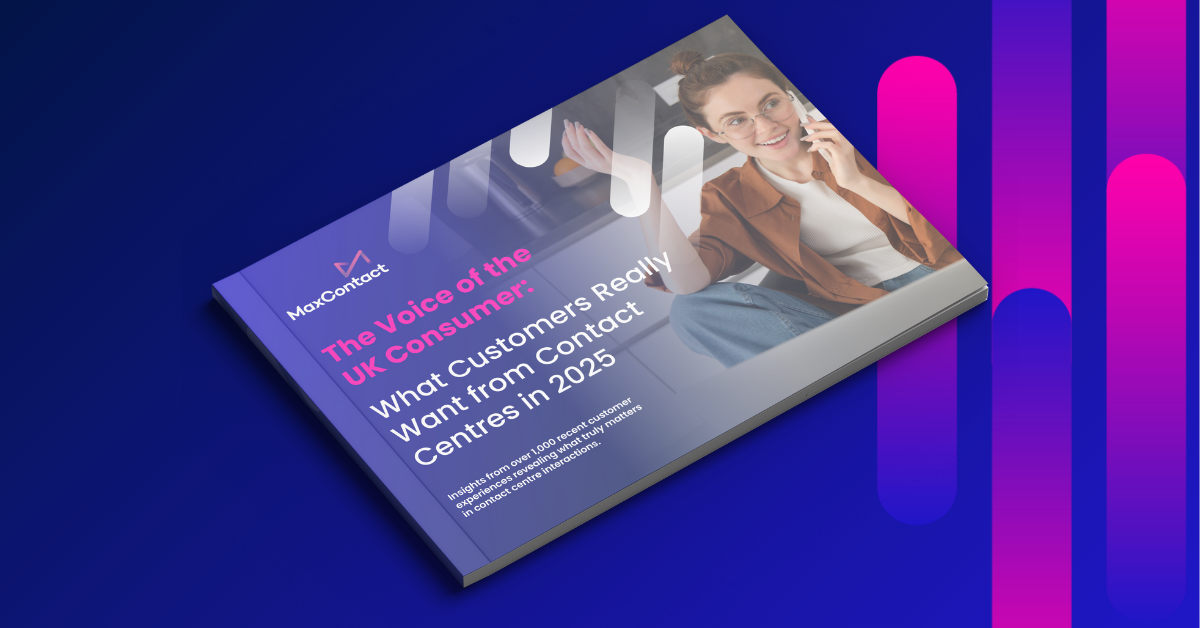BPO Industry Insights: AI Adoption, Geographic Expansion, and the Future of Outbound
The BPO sector is experiencing significant transformation. Our independent survey of 100 UK BPO leaders reveals an industry at a tipping point, with AI adoption accelerating and new commercial models emerging.
We recently explored these findings with Carrie Ramskill, COO of HGS UK and South Africa, and Matthew Hanley, Director of Service Development and Solutions at HGS. Their insights provide a practical perspective on how leading BPOs are navigating industry change.
AI Reaches Its Tipping Point
The numbers tell a compelling story. Whilst only 5% of BPOs currently use AI in operations, 72% identify it as a top priority for 2025. This represents a fundamental shift in industry thinking.
“For us, AI is about creating connected interactions built on our people model, but making those people more efficient,” explains Carrie Ramskill. “The interactions that remain become more meaningful.”
HGS has taken a methodical approach, testing AI internally before client deployment. They’ve implemented onboarding bots, integrated quality and workforce management systems, and deployed AI-powered social media analytics that processed 1.2 million customer insights.
The most popular AI use cases focus on practical value: client insights and analytics (36% of leaders), followed by automation and quality assurance improvements. This isn’t technology for technology’s sake – it’s about delivering measurable operational outcomes.
Matthew Hanley identifies four key AI application areas: initial customer contact and interaction, agent support through knowledge surfacing, conversation analytics for deeper insights, and personalised customer experiences that feel authentic rather than generic.
Outbound Communication Is Growing
Despite predictions about digital self-service replacing human interaction, outbound operations are expanding. 65% of BPOs are scaling their outbound teams this year, with only 13% reducing capacity.
This growth reflects a strategic shift. Legacy scripts and traditional dialers are being replaced with smarter, multi-channel campaigns that blend AI personalization with human expertise. Outbound is being reimagined rather than retired.
“When executed well, outbound remains a high-ROI channel,” our research shows. It’s becoming a strategic lever for sales, collections, and proactive customer service.
Geographic Expansion Accelerates
Economic uncertainty hasn’t dampened expansion plans. 95% of BPOs intend to expand geographically within 24 months, with 50% targeting UK growth, 38% expanding into Europe, 26% entering North America, and 21% moving into Asia Pacific.
HGS operates across multiple continents – UK, US, Canada, India, Philippines, Jamaica, Colombia, and South Africa. “It’s about having global diversity and capability, providing choice to customers,” notes Carrie. “Different locations offer different strengths – South Africa excels in customer experience and empathy, whilst Hyderabad delivers exceptional performance and concurrency.”
This multi-location strategy reflects client demand for flexible, globally distributed operations that can support increasingly international customer bases.
Pricing Models Face Disruption
A significant mismatch exists between client expectations and provider offerings. 34% of BPOs find their current pricing models difficult to scale or adjust. Nearly half still offer traditional monthly subscriptions, yet only 29% of clients want them.
Clients increasingly demand flexible, performance-based pricing that reflects value delivered rather than hours worked. However, only 19% of providers currently offer performance-based models.
“From a pricing model perspective, being incentivized in partnership with the same goals – both financially and from a business performance perspective – is key,” emphasises Carrie. “It doesn’t work if you’re working against each other.”
Security Becomes a Sales Differentiator
Security has evolved from regulatory requirement to competitive advantage. 47% of clients cite data security and compliance risks as top outsourcing concerns, whilst 54% of BPOs now position security capabilities prominently in client conversations.
This shift represents movement from tick-box compliance to trust-building. Transparency, certification, and real-time reporting are increasingly used to win business, not just retain it.
Overcoming Digital Transformation Challenges
What holds BPOs back from AI adoption? Revenue concerns top the list. “The elephant in the room is probably the CFO,” admits Carrie. “Our industry’s built on translating workload into revenue, and there’s fear around how these technologies impact revenues.”
Risk management is equally important. “What’s vital in applying AI is the reporting and analytics that come with it,” Carrie explains. “That depth of reporting gives you the ability to fail fast – you can see what’s happening and make changes in an agile manner.”
Matthew emphasises the importance of partnership in digital transformation: “Technology is moving at pace and is disruptive. We’re in discovery mode, working with clients to understand their business whilst applying our expertise in digital transformation delivery.”
Looking Forward
The BPO industry is positioning itself for sustained growth. Success increasingly depends on balancing human expertise with technological capability, developing flexible commercial models, and maintaining transparent client partnerships.
AI adoption will accelerate, but implementation must focus on augmenting human potential rather than replacing it. The most successful providers will be those that view technology as a tool for creating more meaningful customer interactions whilst delivering measurable business outcomes.
As Carrie concludes: “AI is about amplifying human potential. How we can empower our people and agents to deliver resolution and connections – the human touch will always be essential in that journey.”




